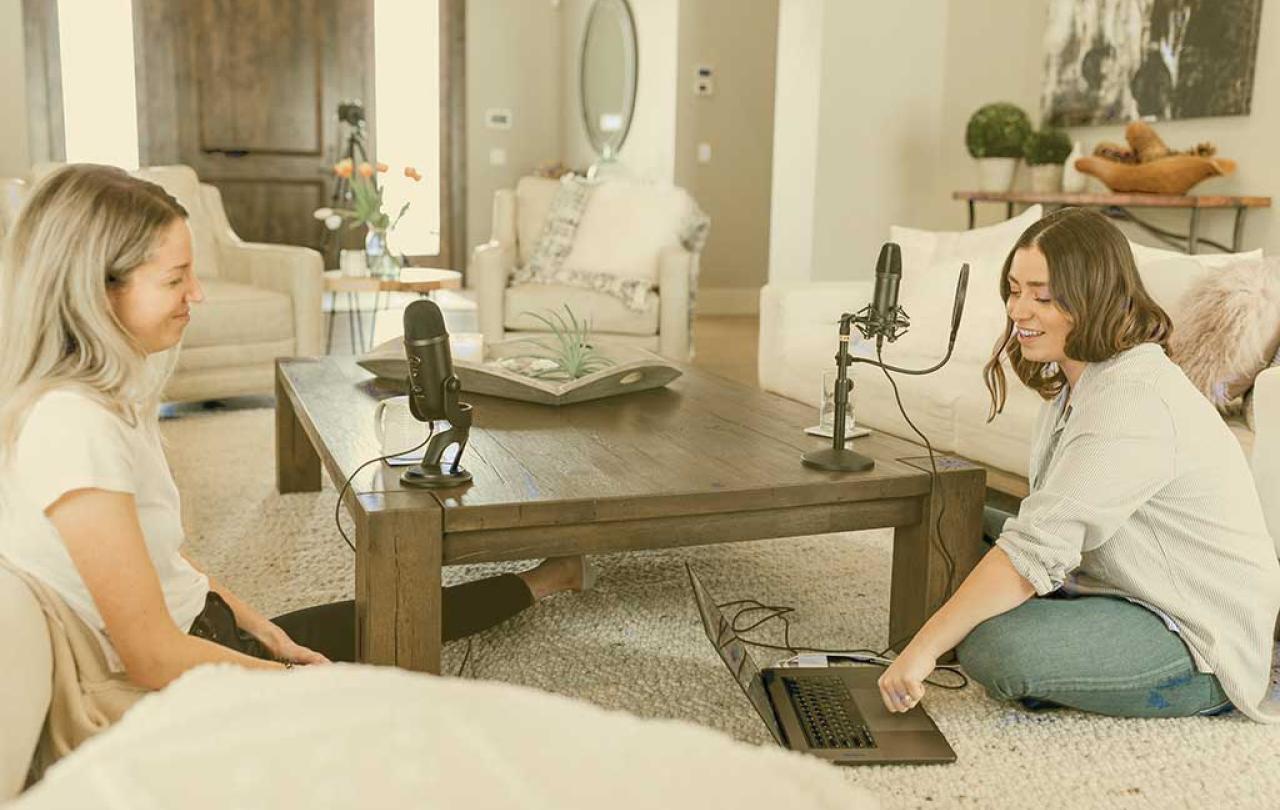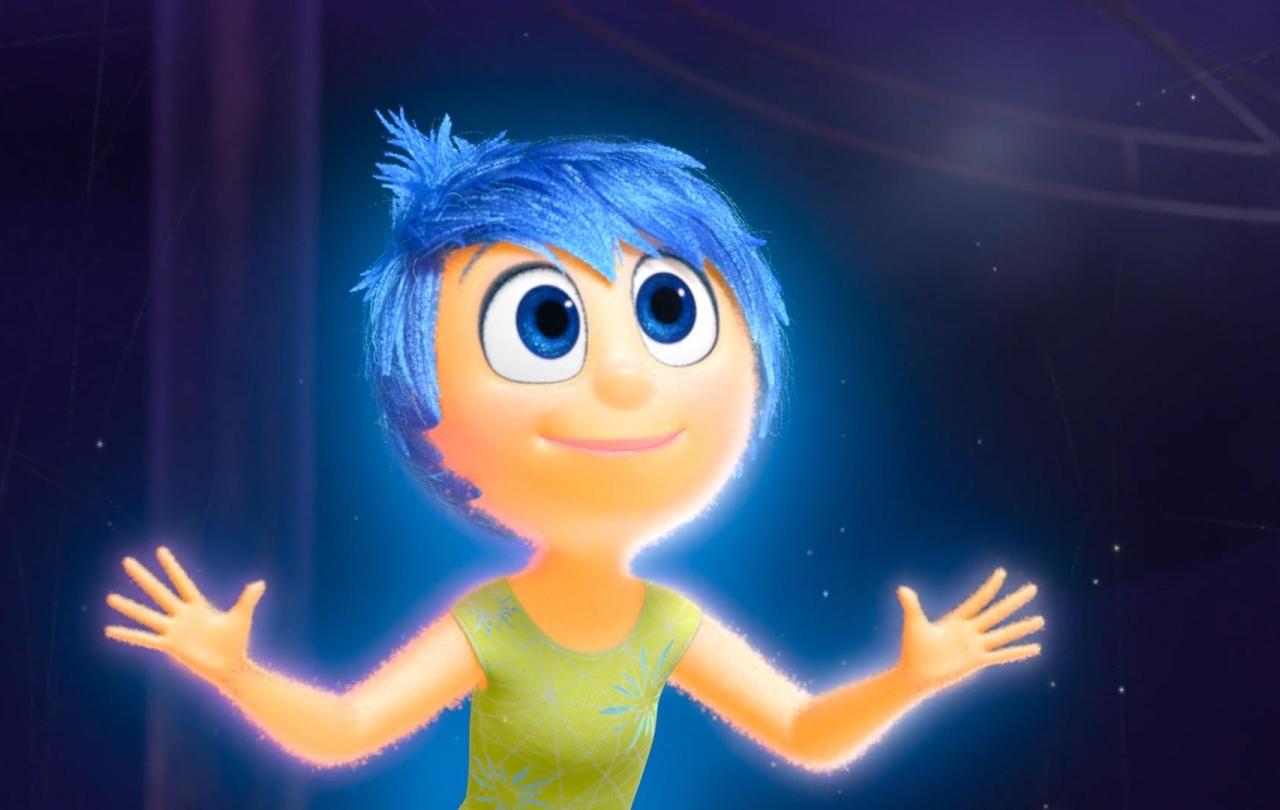
During the pandemic, an Australian comedy show, At Home Alone Together on ABC, made a sketch that was widely shared on the internet, especially among podcasters. For those wondering what to do with their time, they had one clear, simple message given with typical Australian honesty: Do not start a f***ing podcast.
I’ve encountered hostility to the idea of podcasts since I started listening to them fifteen years ago, when the main options were This American Life and Kermode and Mayo talking about movies. Both were podcast versions of existing excellent radio programmes.
With every passing year, podcasts have become more popular, a huge boost coming in 2014 with the Serial podcast, which was a spin-off This American Life. People with iPhones were realising what the purple icon was, and they weren’t afraid to use it.
Attention a zero-sum game. If you’re listening to something, you’re not listening to something else. Nobody wants their time wasted.
Many resisted. They didn’t really understand what podcasts were, where they came from, how to find them and what made them different from radio programmes. Merely mentioning podcasts would make people either roll their eyes, or far worse, causing what I would call “Podcast Derangement Syndrome”. We see that, albeit humorously, in the ABC sketch, urging people not to start a podcast.
It’s a fair point. Don’t start a podcast out of boredom. It won’t last more than a few episodes (that’s called ‘podfading’), it won’t be any good and no one will listen as it’s not offering anything substantial or insightful.
We live in an attention economy. Attention a zero-sum game. If you’re listening to something, you’re not listening to something else. Nobody wants their time wasted. Like a book proposal or an article, you need a clear offer to your listener or reader.
For example, my own Sitcom Geeks podcast - which ended this month after 222 episodes over eight years – was all about helping people write better sitcom scripts. Yes, that’s a niche interest, but tens of thousands of people want to write sitcoms.
Many podcasters never identify what they’re offering. They make the mistake of the first crop of bloggers twenty years ago, who started hammering out their error-strewn opinions on everything from politics to dieting. Most of these blogs were read by almost no one, and even the more popular ones didn’t have large numbers. Every medium is the same. Most books don’t sell more than a few dozen copies, particularly self-published ones. Most shows at this year’s Edinburgh Fringe will have an audience in the single digits.
Podcasting is the same. My other podcast, Cooper and Cary Have Words, deals in lightly comic, theological conversation. Now on Episode 157, we have a fairly devoted listenership, but it’s small. I mention it not because I’m a tiresome podcaster who is forever promoting their podcast. Okay, it’s partly that. But I’m going to do the one thing podcasters never do, which is talk about how many people actually listen. And the numbers here might surprise you.
Each episode of Cooper and Cary Have Words is usually downloaded by about 1,100 people within a week of dropping, and then another 1,100 within 90 days. So that 2,200 listeners, creeping up another few hundred over the following month. That’s not many, is it? Even late-night shows on BBC local radio playing outré jazz get more listeners by a factor of ten.
Here’s the next surprise: these figures put Cooper and Cary Have Words into the top 5% of all podcasts in terms of listeners. The 4,500 downloads in the first seven days would put us in the top 1% which again, seems low. The two Seen & Unseen podcasts, Re-enchanting and Seen & Unseen Aloud, are doing well but everyone is dwarfed by the Joe Rogan Experience, which, according to Time Magazine, is experienced by 11 million people.
But here’s the big statistic to keep in mind: 50% of podcast episodes get fewer than 30 downloads in the first week.
This would give some justification, then, for a recent article in The Spectator by Sam Kriss who has the most chronic case of Podcast Derangement Syndrome I’ve encountered for a while. He begins by making curious comments about how podcasts are fake, including real ones, but his point is this: “nobody actually listens to any of them.”
I understand the rage against a phenomenon. The media often confects a craze. When everyone was talking about Game of Thrones, it was fair to point out that this premium show on pay-TV was being watched by a truly tiny number of people. It’s just some of those people were people like TV critics for The Spectator or the BBC.
Kriss then rather undermines his claim that no-one listens by saying “Sometimes people ask me which podcasts I listen to, and when I reply that these days I don’t really listen to any they react as if I’d said I don’t eat food or breathe air.” So, are those people lying about listening to podcasts? The Spectator has several podcasts. Are they a waste of time and money?
“Podcasts are also, objectively, crap. I don’t say this lightly.” I think you do, Sam, but let’s take it at face value. The charge that many podcasts are acts of inane vanity is undoubtedly fair. Many others are well-meaning, but poorly recorded and unfocussed.
This isn’t the 1930s when families might huddle around the wireless and give the BBC their undivided attention.
But let us also remember that an awful lot of broadcast radio is highly disposable, being either inane links between songs on commercial radio, or punditry for the sake of it on talk radio, whether it’s BBC Radio 4 or TalkSport.
There are some good podcasts, thought. What about them, Kriss? He says they’re not worth listening to unless you give them your undivided attention, explaining that if you’re listening to a podcast while doing something else, you’re not really taking in the content. This is not educating yourself, but merely acquiring an illusion of knowledge.
But surely all audio works the same way? We’re listening to the radio or podcasts while we’re cooking, washing up or driving. This isn’t the 1930s when families might huddle around the wireless and give the BBC their undivided attention.
Then comes a sentence which is revealing. Kriss has just told us that podcasts aren’t real, we don’t listen to podcasts anyway, and that we’re lying about it and when we do listen, we’re not learning anything when we do. We’re all idiots. He then writes,
“The people who make podcasts usually have a very dim view of their public.”
Oh, Sam. Thou dost project too much, methinks.
We all like a rant. And we often like reading polemical pieces. We love a Clarkson, a Cowell and a Boycott sounding off. But I wonder if Sam Kriss, an established writer for a well-regarded publication has succumbed to the elitist mindset. It is tempting to disparage the voices of those from the outside who wish to speak, whether or not anyone wishes to listen. Thanks to smartphones and RSS feeds, they can, just as the blogs did two decades ago.
The medium is new but the lesson is old. To whom do we listen? If you look at the life of Jesus it is striking how often he listened to the voices of the excluded, even when his own disciples and henchmen tried to bundle the blind and the embarrassing out of the way. Moreover, those that sought to control the flow of information were, to use theological jargon, ‘the baddies’. We live in age where all kinds of voices can be heard. The question is whether we wish to listen.

